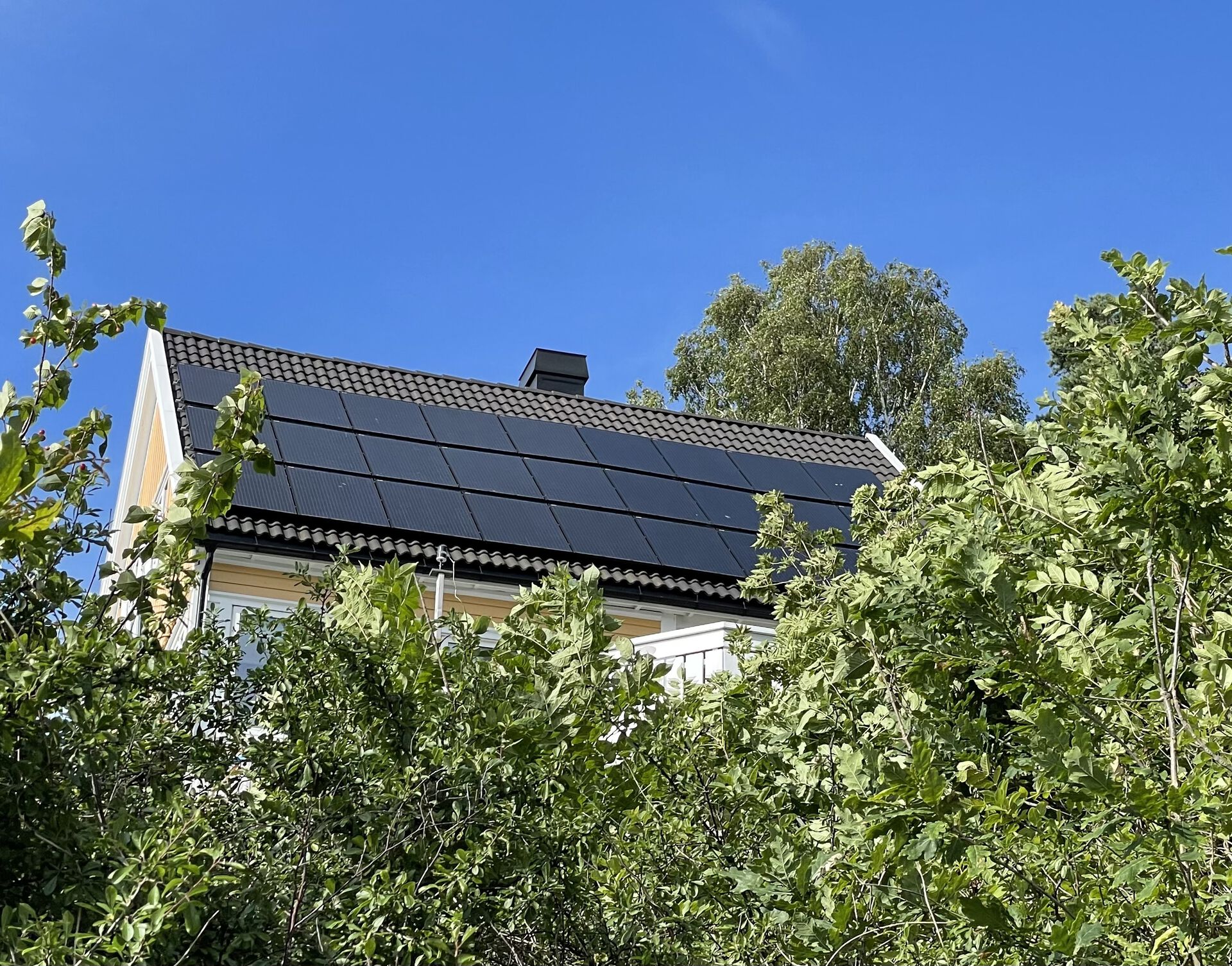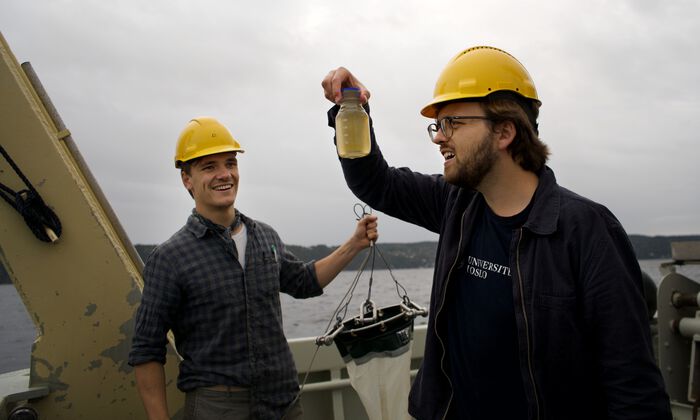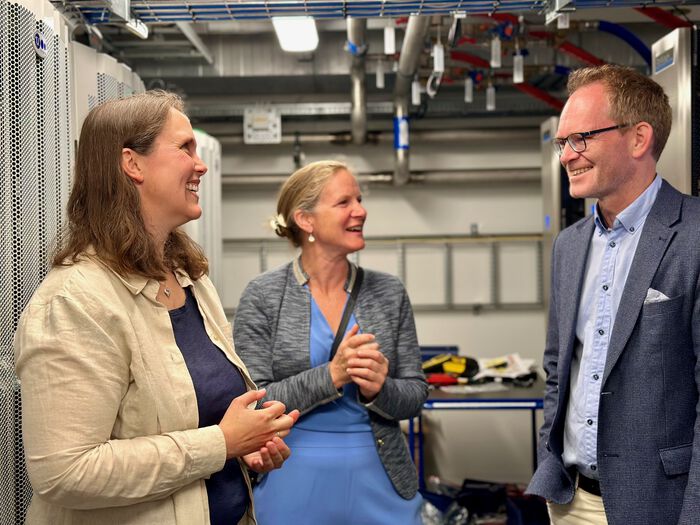In June 2018 a total of 27 solar panels was installed on the roof of my house at Husøy by Myrasundet outside the city of Tønsberg about one hour drive south of Oslo. With an installed capacity of 7,83 kW (kiloWatt), I estimated before installation, based on solar radiation maps of southern Norway, that the annual production should be around 7500 kWh (kiloWatt hours). The roof where the panels are mounted is pointing almost directly to the south and the roof angle is approximately 35 degrees. This report is based on data for four full years, from July 2018 to June 2022.
The annual production in kWh for 2019, 2020 and 2021 are shown in the table below. The production these years are all higher than what I estimated before the system was installed. The accumulated production so far in 2022 is also higher than the record year 2020. While the production from January to June 2018 was 4741 kWh the system has this year (2022) already produced 4841 kWh.
| 2019 | 7583 kWh |
| 2020 | 8266 kWh |
| 2021 | 7901 kWh |
| Average | 7917 kWh |
Average, maximum and minimum monthly production are shown in the figure below. The most important observation here is that the production is not following expected solar radiation, which normally is significantly higher in June compared to April. The reason for this is that solar cells are more efficient at low temperatures. It is colder in April, May and August compared to June and July which gives a relatively flat production level from April to August.
I will also add that during winter months some trees creates shadows at the roof before noon. This gives a minor reduction in available sunlight and therefore also some minor reductions in the production of electricity between the end of October to the beginning av March. As expected the production in November, December, January and early February is low, however higher than I expected before installation.

Since the number of days per month varies, I have also included a figure that shows the average daily production per month during the actual period, see below. One observation is that April seems to be a month with a lot of sun. March and September is also somewhat better than expected, while June and July is as expected.
A day without any clouds gives production of 50 kWh or more between the end of March and the end of September. The record high production during one day is 57,9 kwh. This happened on a cold and sunny day early May 2019. The record high month is July 2018 with a total production of 1430 kWh.

The energy production is also influenced by snowfall, mainly in December and January, however the average number of days with snow on the solar panels and no production has been as low as 6 days per winter. There are more than 6 days with snowfall, but the steepness of the roof and the fact that the temperature most often is around zero when the snow falls makes the snow slide of the roof very fast during and after snowfall.
There are many reasons for installing solar panels on your roof, even as far north as Norway. I give you three reasons; It's good economy, it's green and it´s fun!
Due to the complexity of electricity pricing and grid rent it is difficult to give precise estimates of the total economy of the system. However, based on some overall calculations the investment in my photovoltaic system will be repaid in approximately 10 years. This includes governmental support that has reduced the repay time with approximately 1 ½ year. The service lifetime of the system is guaranteed for 30 years. Note that these calculation is based on the fact that I am selling overproduction back to the electricity dealer at spot market price. Hence, I have no storage system except my hot water tank being fueled with energy during day-time. As a prosumer (both producer and consumer) I use approximately 50% of the energy production myself. The rest I am selling back to the electricity dealer. The actual overproduction of the energy (moving electrons in the grid) is used by my closest neighbors.
All production and recycling of materials and products, including transport, have a carbon footprint, so also for solar cell systems. It is difficult to find precise estimates, but some overall calculations says that my solar cell system must be in operation around three year (between 1 and 5 years dependent on latitude and radiation) to compensate for the carbon footprint generated by production and recycling processes of solar cells. Hence, since my system is four years old the compensation is done and the system will be completely green for the rest of its operation period, which is assumed to be 30-35 years.
Another green aspect is that solar cell systems can save electricity produced by other systems that have inbuild storage capacity, for example hydroelectric systems based on storage of water in dams. This is particularly interesting in Norway that has huge water resources producing hydroelectric power. I have estimated that an annual production of 7500 kWh (my roof) saves approximately 13,5 million liter of falling water per year. I have assumed that the water falls 200 meters which is very close to the average in hydroelectric power plant in the Norwegian mountains. By producing energy directly from the sun I save water in reservoirs during day-time. Hence, the mountain water reservoirs in Norway can be regarded as batteries for production of energy directly from the sun (and wind)!
Collecting and understanding all the numbers from the solar cell system are fun (at least for a nerd like me). Another fun fact can be formulated as follows: It takes approximately eight minutes from photons are leaving the sun until they hit my roof and creates electricity on earth. Milliseconds later this electricity is passing through my house and into the battery of my electric car. From April to August I need approximately one day production of solar energy to take me, in my electric car, from Husøy to Oslo and back to Husøy (approximately 220 km). Our life-giving sun has given and gives us the energy we need. The earlier we manage to capture this energy the better. At this point in time, solar cells are the closest we have come to what happens in nature – the photosynthesis!
PS: The system that produces solar energy at my roof by Myrasundet is privat and bougth from OTOVO AS, where my son Magnús Dæhlen works as a software engineer.





